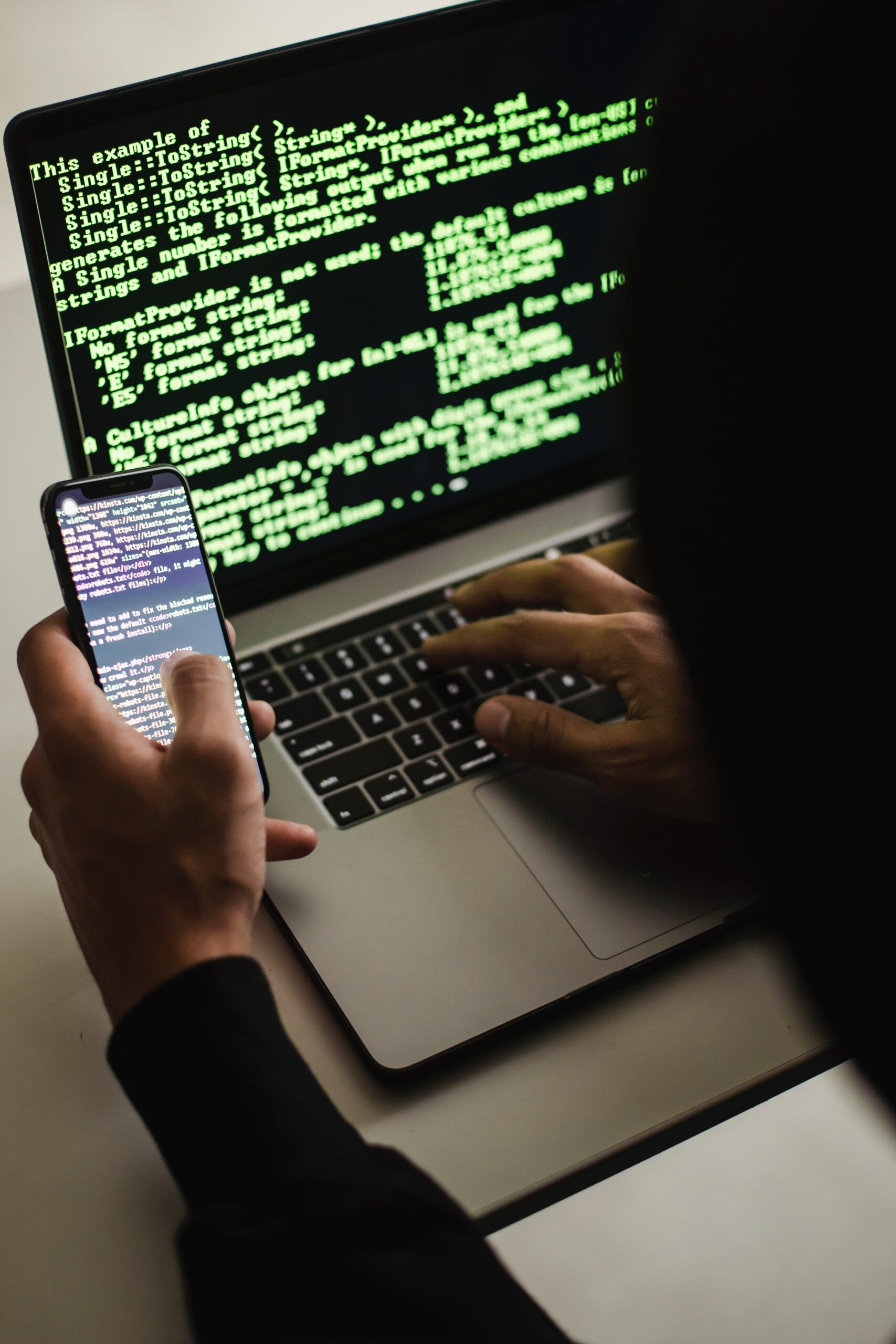The iPhone 5C: Massive Success Or Huge Failure?
Consumer fatigue is one of the biggest concerns of tech companies. By its definition, consumer fatigue is the process of consumers becoming fatigued and fed up of endless product iterations that they feel they either don’t want or don’t need (hello Microsoft Word!). With consumer fatigue brings the great market worry; worry from the market leaders that their user-base will fan out and look for something more original and that even their core fans will jump ship, taking the decent iterations of years ago, and their hard earned cash with them. It’s exactly what can happen by flooding the market with seemingly endless versions of ‘stuff’, but unfortunately for Californian tech giant, Apple, this is exactly what their business thrives on.
Apple’s job as a consumer technology company is simple – create a huge amount of interest and convince the masses that every new feature is vital, specifically more vital than the last, promising the best features that are available. This is all before, of course, doing the same all over again in a few months time, setting the bar even higher and convincing people to buy one of their iProducts with an even wittier add campaign. And this has worked for the Cupertino, Calif. company very well so far with the iPhone, 3G, 3GS, 4, 4S, 5 and it’s also been tested with the new additions, the iPhone 5S and 5C. The 5S and 5C are meant for different ends of the consumer spectrum, the 5S being the high end premium version and the 5C the cheaper, more accessible iPhone. But, despite the furor and hype around its launch last month, the iPhone 5C has largely remained a huge sales flop.
The tell tale sign of the iPhone 5C’s failure to impress came even before the phone’s launch. Before the iPhone 5C had even hit the market, analysts at UBS, JP Morgan, Credit Suisse and even the Bank of America all downgraded their ratings of Apple’s stock (deeming it less worthy of purchase) and then Apple’s stock price dropped by 5%, just the morning after the 5C was announced. Critics can suggest results but financial figures are a good indication, when something’s going to make money, share prices often mirror it, and for Apple stocks – which could easily flood anyone with riches given just how well (most of) their products do – this is no laughing matter.
And what of the iPhone 5S? At Apple’s recent conference announcing the iPad Air and iPad Mini with Retina, the company divulged some interesting factoids – that the iPhone 5S and 5C collectively garnered 9 million sales on the opening weekend. But, unlike almost every other stat, Apple did not break these numbers down or divulge how much either iteration had sold other than that overall, collective figure. It was up to the sales figures in the United States to do the talking, where we know that the 5S outsold the 5C by approximately 3.4 times. Apple’s other figures have been telling too as they recently cut daily units of the iPhone 5C from 300,000 to just 150,000 units a day, a 50% decrease on the phone that Apple were banking on to do well.
The reason for this is fairly obvious, and it’s that the iPhone 5C is’;t being marketed and sold as expected. It was supposed to be the budget phone, set to compete with cheaper Android handsets, but instead, it retails for north of $500 with a contract, and overseas in China, where the potential for smartphones is high, the phone sells for the princely sum of $700! Which isn’t quite the ‘budget’ product that some are looking for.
Ultimately, we won’t know for sure as to how the iPhone 5C is doing until we see Apple’s financial performance over the upcoming Christmas sales cycle. But for now, the iPhone 5C is looking like a black mark in Apple’s iPhone history that they are willing to forget.









